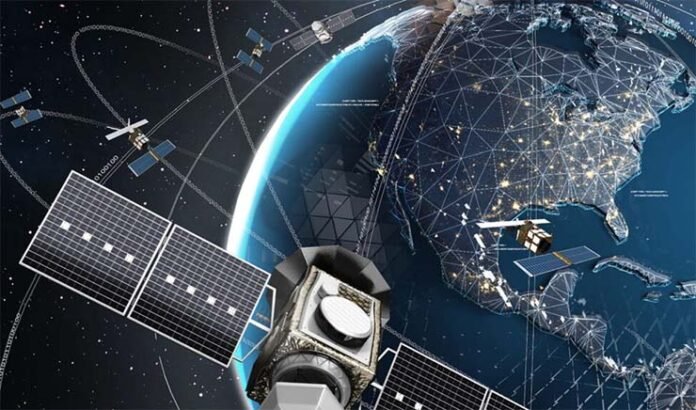Washington: The Department of the US Air Force’s space acquisition head, Frank Calvelli, has certified the design baseline for the Space Force’s program with the National Reconnaissance Office (NRO) to develop a new satellite system to track moving targets on the ground — a decision that allows the program to proceed into formal development.
The Ground Moving Target Indicator (GMTI) program is aimed at helping fill the gap in gathering intelligence, surveillance and reconnaissance (ISR) imagery used to target terrestrial threats left by the Air Force’s divestment of the E-8C Joint Surveillance Target Attack Radar System (JSTARS).
“We held a successful Milestone B review for the GMTI [Ground Moving Target Indicator] program on August 23, and at that review I officially approved the Milestone B,” Calvelli said in an email.
Calvelli’s decision comes after a five-month delay necessary to hash out a reliable cost estimate for the NRO-Space Force development program. That cost baseline, in turn, will drive funding levels in the upcoming Defence Department fiscal 2026 five-year budget request.
Meanwhile, the Space Force, NRO and the National Geospatial Intelligence Agency (NGA) are continuing to work on the contentious issues involved in delineating their respective roles and missions in gathering and disseminating ISR to warfighters, including the operation of the new GMTI satellites, according to senior officials involved.
Gen. Michael Guetlein, deputy chief of the Space Force, said that interagency cooperation on GMTI was one of the subjects of a recent meeting of the Space Executive Committee chaired by NRO Director Chris Scolese and Chief of Space Operations Gen. Chance Saltzman.
The committee, which meets every five months or so, is where NRO and the Space Force “actually sit down and talk about how to collaborate together, how we build get together, how we’re going to operate together,” Guetlein told the 2024 Intelligence & National Security Summit sponsored by the Armed Forces Communications & Electronics Association (AFCEA) and the Intelligence and National Security Alliance (INSA).
Raksha Anirveda's editorial desk team brings in the collective experience of creative professionals - a fine mix of senior copy editors, writers, proofreaders and designers. Working as a team, they continuously create, manage, and curate content to sustain the magazine's profile and reputation in line with market trends and achieve magazine's goal.





